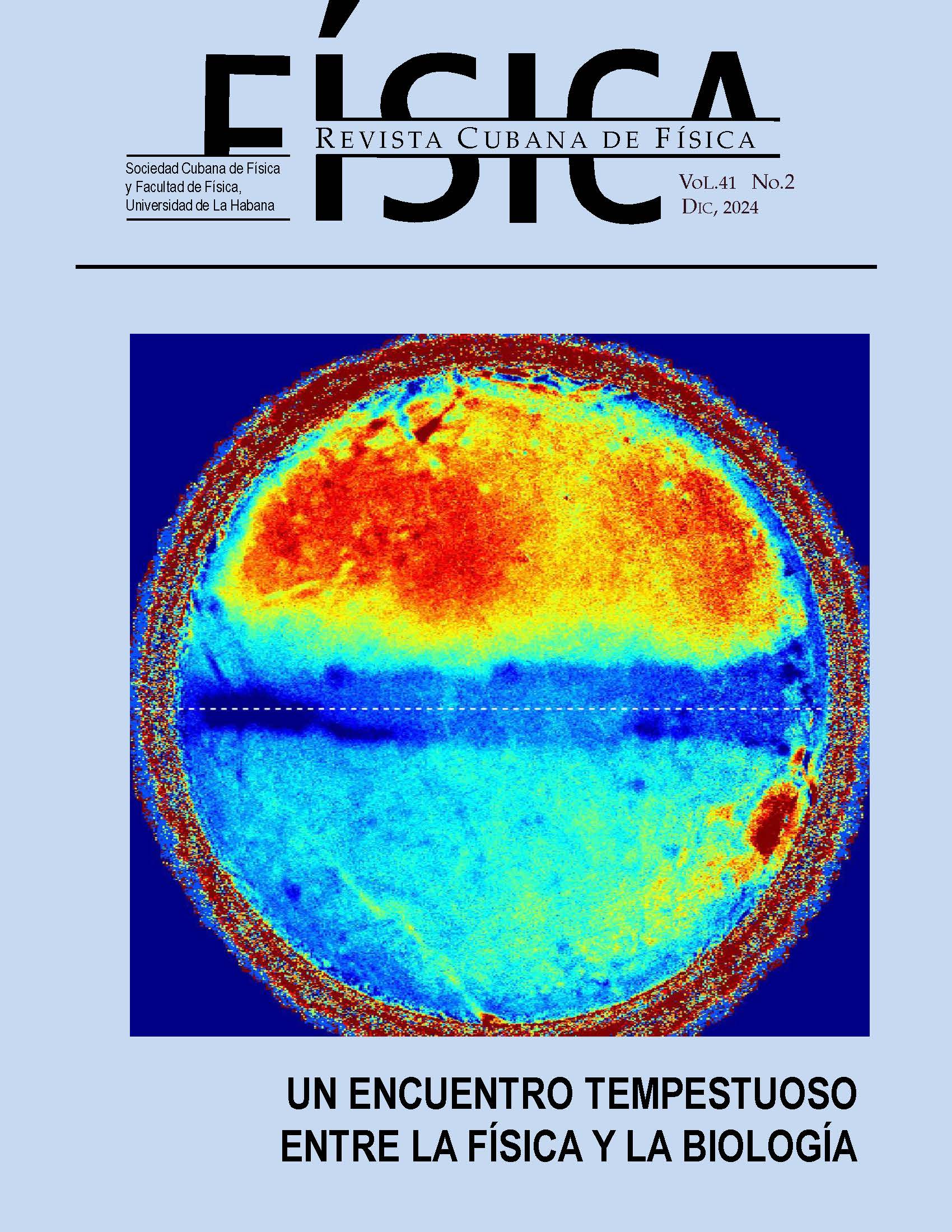Abstract
The concept of stochastic resetting emerged in 2011, introducing a simple modification to [15] the one-dimensional Random Walk that leads to a stationary distribution and where the first-passage time can be easily optimized. In this context, we will investigate what happens when modeling these phenomena in a framework where a Brownian particle alternates between different states. We will derive the Fokker-Planck equations of the model and analyze the behavior of the probability density of the particle positions for long times and solve the corresponding first-passage time problem. Contrasting with the two-state Brownian motion, we will observe how resetting ensures a stationary behavior in the long run leading to a finite expectation for the first-passage problem. Finally, we will demonstrate how the existence of this expectation guarantees minimum values by varying the resetting or state-change parameters.
References
[1] M. Scott, Applied Stochastic Processes in Science and Engineering (University of Waterloo, 2013).
[2] T. Mikosch, Elementary Stochastic Calculus with Finance in View, Volume 6 (World Scientific, 2004).
[3] O. Bénichou, M. Coppey, M. Moreau, P.-H. Suet, and R. Voituriez, Phys. Rev. Lett. 94, 198101 (2005).
[4] R. A. Murphy, arXiv:1704.00207v2 (2017).
[5] M. R. Evans and S. N. Majudmar, Phys. Rev. Lett. 106, 160601 (2011).
[6] W. Guo, H. Yan, and H. Chen, arXiv:2311.14714v1 (2023).
[7] A. V. Chechkin, A. S. Bodrova, and I. M. Sokolov, Phys. Rev. E 100, 012120 (2019).
[8] S. Gupta and A. M. Jayannavar, arXiv:2106.07693v2 (2022).
[9] A. Pal, L. Kuśmierz, and S. Reuveni, Phys. Rev. Res. 2, 043174 (2020).
[10] D. Sánchez-Taltavull, É. Roldan, A. Lisica, and S. W. Grill, Phys. Rev. E 93, 062411 (2016).
[11] E. C. Aifantis and J. M. Hill, Quart. J. Mech. Appl. Math. (1980).
[12] A. I. Lee and J. M. Hill, J. Math. Analysis Appl. 89, 530–557 (1982).
[13] B. D. Hughes, Random Walks and Random Environments, Volume 1 (Clarendon Press, Oxford, 1995).
[14] J. J. Díaz and R. Mulet, “Stochastic Resetting for the Two-States Brownian Motion Problem,” Diploma Thesis, Universidad de La Habana, La Habana, 2024.
[15] L. Dagdug, P. J. Salgado, and D. Boyer, arXiv:2311.11897v1 (2023).
[16] J. M. Almira, Matemáticas para la Recuperación de Señales (Grupo Editorial Universitario, 2005).

This work is licensed under a Creative Commons Attribution-NonCommercial 4.0 International License.
Copyright (c) 2025 Cuban Physical Society & Faculty of Physics of the University of Havana

